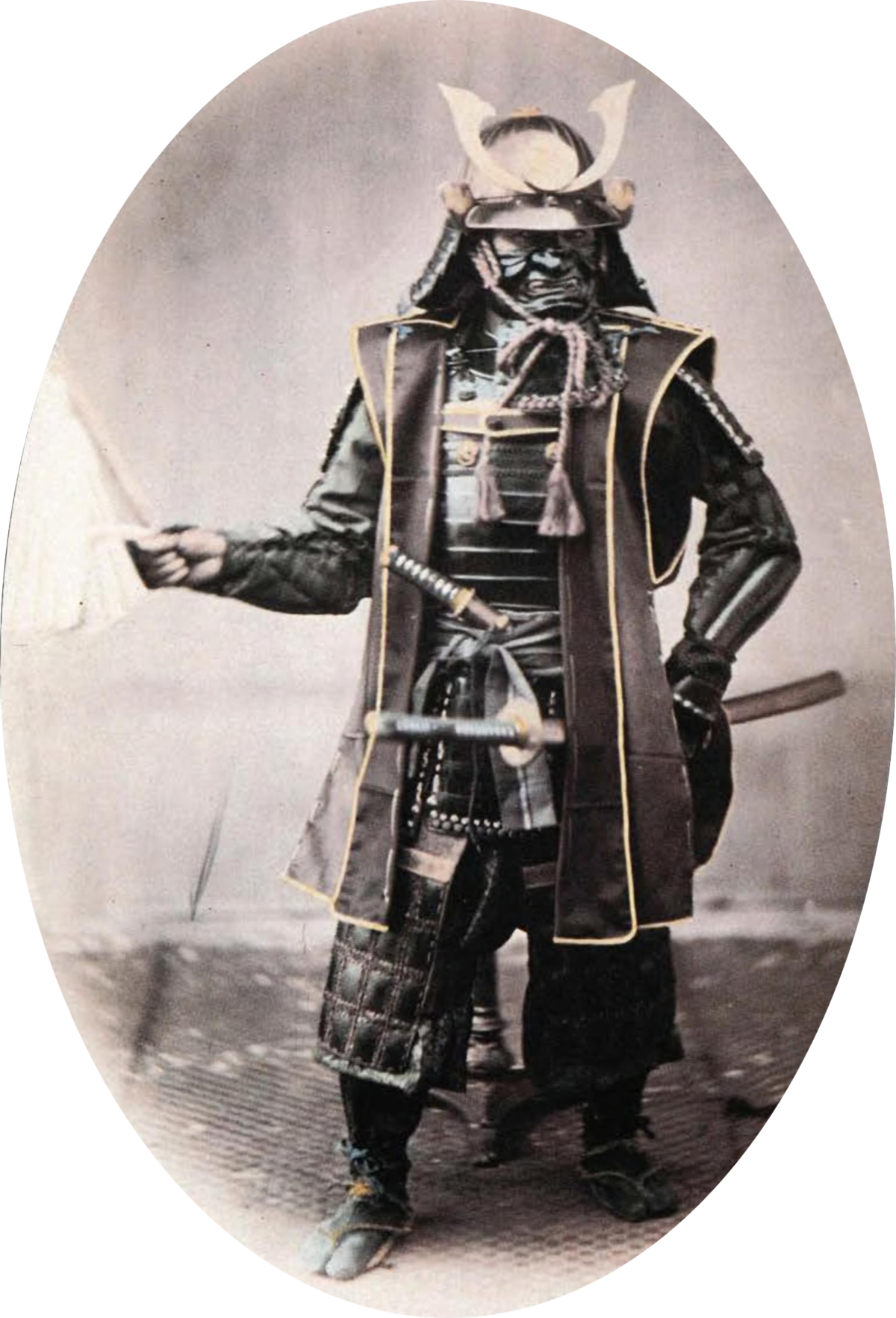The Severed Arm of the Hatiyara
The Ways Of…, which presents seven new monastic traditions for seven core races, seems to be doing well. I’ve gotten one three-star rating, which is okay, but also a bit irritating. Not that it’s three stars, mind you, but because I don’t know why it’s three stars instead of two or four. Tomorrow, I continue running The Lost City for four 3rd-level monks, each one using a different archetype from The Ways Of…. The first session went well, the only real problem due to laggy videoconferencing. (Nota Bene: That last link is an affiliate link. If you click and buy, I get a few copper pieces.)
I recently mused about what a 20-level samurai class for 5E D&D might look like. Those musings have been fleshed out into a document that includes said 20-level samurai class, three samurai archetypes, 12 new spells, and sidebars that briefly discuss samurai armor and weapons. I’ll be revising and editing the document more today and/or tomorrow before it too goes up on DriveThruRPG as a PWYW playtest supplement.

I have a few other Oriental Adventures-inspired ideas outlined. I’m probably going to put together a third OA-themed document, this one detailing subclasses. The bushi and sohei are fighter subclasses, the shugenja a cleric subclass, and the wu jen a wizard subclass. Likely the yakuza will get added in as a rogue subclass, but I’ve not outlined that one yet. I’m not sure about an OA-style barbarian subclass, and the assassin rogue archetype hits most of the ninja. More mulling over those that two must occur.
But none of that is what this post is about. This post is about a new 5E D&D monster.
Have you seen The Art of Stefan Koidl. No? Into the circle of shame you go. “Shame! Shame! Shame!” Now that those who deserve punishment have eaten their just desserts, let’s move on to the new monster. Since I don’t have the artist’s permission, I’m linking to today’s inspirational work of horror. If your SAN is low, don’t click here.
Hatiyara
The hatiyara is an undead monster that lairs in abandoned buildings or tunnel systems. In life, the hatiyara was an outcast, one who lived on the fringes of society, often surviving by begging and theft. In undeath, it survives by murder in order to consume the hands of its victims.
Medium undead, neutral evil
Armor Class 15 (natural)
Hit Points 90 (12d8+36)
Speed 30 feet
STR 17 (+3), DEX 12 (+1), CON 16 (+3), INT 8 (-1), WIS 13 (+1), CHA 15 (+2)
Skills Athletics +6, Sleight of Hand +4, Stealth +4, Perception +4
Damage Resistances cold, necrotic; bludgeoning, piercing, and slashing not made with silvered weapons
Damage Immunities poison
Condition Immunities exhaustion, poisoned
Senses darkvision 60 ft., passive Perception 14
Languages the languages it knew in life
Challenge 5 (1,800)
Dimension Door. As part of its move, the hatiyara can pass through a portal (such as a doorway or a window) and appear in another portal within 60 feet. The hatiyara does not need to be able to see the destination portal.
Regrowth. The hatiyara regrows severed arms after a short or long rest. When it regrows a severed arm, its detached limbs cease to be active.
Actions
Multiattack. The hatiyara makes three attacks with its claws.
Claws. Melee Weapon Attack: +6 to hit, reach 5 ft., one target. Hit: 8 (2d4+3) slashing damage plus 2 (1d4) necrotic damage.
Reactions
Severed Arm. When the hatiyara takes slashing damage, it can choose to have one of its six arms be severed by the attack. The hatiyara takes no damage from the attack. As a bonus action, the hatiyara can control its severed arms as long as they remain within 30 feet of it. If more than 30 feet separates the hatiyara and a severed arm, the severed arm “dies” at the end of the hatiyara’s turn. A severed arm has a base speed of 15 feet. It has the hatiyara’s AC, resistances, and immunities. A severed arm has 9 hit points, and it can make one claws attack on its turn.
